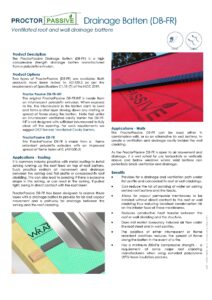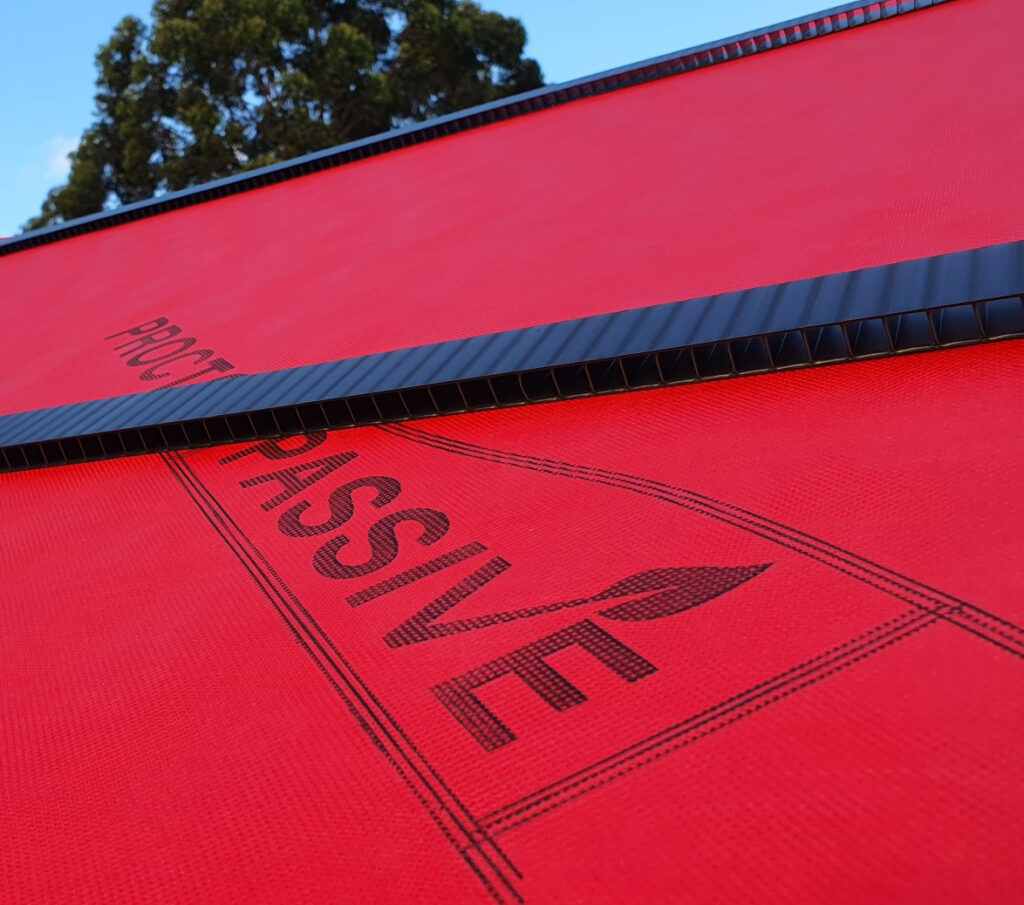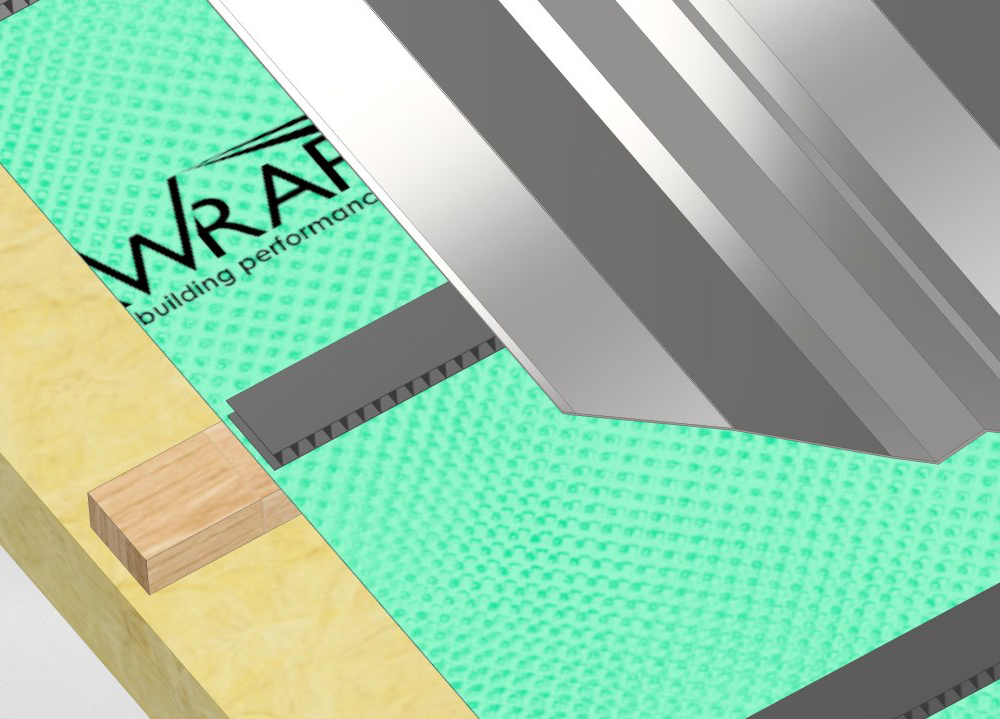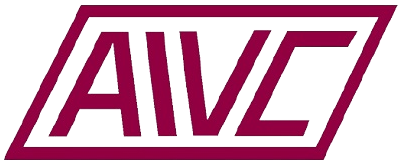ProctorPassive Drainage Batten (DB-FR)
Product Description
The ProctorPassive Drainage Batten (DB-FR) is a high compressive strength drainage batten manufactured from a polyolefin extrusion.
Product Options
Two types of ProctorPassive (DB-FR) are available. Both products have been tested to AS1530.3 as per the requirements of Specification C1.10 (7) of the NCC 2019.
Proctor Passive DB-FR-INT
The original ProctorPassive DB-FR-INT is made from an intumescent polyolefin extrusion. When exposed to fire, the intumescent in the batten starts to swell and forms a char layer slowing down any melting or spread of flame along the batten. Note that unlike an intumescent ventilated cavity barrier the DB-FR-INT is not designed with sufficient intumescent to fully close off the opening. For such requirements we suggest DCT Tenmat Ventilated Cavity Barriers.
ProctorPassive DB-FR
The ProctorPassive DB-FR is made from a flame retardant polyolefin extrusion with an improved spread of flame index of 0. (AS1530.3)
Applications – Roofing
It is common industry practice with metal roofing to install sarking running up the roof fixed on top of roof battens. Such practice restricts air movement and drainage between the sarking and flat profile or concealed-fix roof cladding. This can also lead to ponding if there is excessive drape in the sarking, or can result in the sarking, if pulled tight, being in direct contact with the roof sheet.
ProctorPassive DB-FR has been designed to resolve these issues with a drainage batten to provide for air and vapour movement and a pathway for drainage between the sarking and the roof cladding.
Applications – Walls
The ProctorPassive DB-FR can be used either in combination with, or as an alternative to wall battens, to create a ventilation and drainage cavity behind the wall cladding.
As the ProctorPassive DB-FR is open to air movement and drainage, it is well suited for use horizontally or vertically above and below windows where solid battens can potentially block ventilation and drainage.
Benefits
- Provides for a drainage and ventilation path underflat profile and concealed-fix roof or wall claddings.
- Can reduce the risk of ponding of water on sarkingbehind roof battens and the fascia.
- Allows for vapour permeable membranes to beinstalled without direct contact to the roof or wallcladding thus reducing localised condensation riskon the interior face of these membranes.
- Reduces conductive heat transfer between theroof or wall cladding and the structure.
- Does not restrict buoyancy induced air flow underthe roof sheet and in wall cavities.
- The addition of either intumescent or flameretardant additives reduces the spread of flamealong the batten in the event of a fire.
- Has a minimum 300kPa compressive strength – arequirement of some major roof claddingmanufacturers when using extruded polystyrene(XPS) foam insulation packers.










